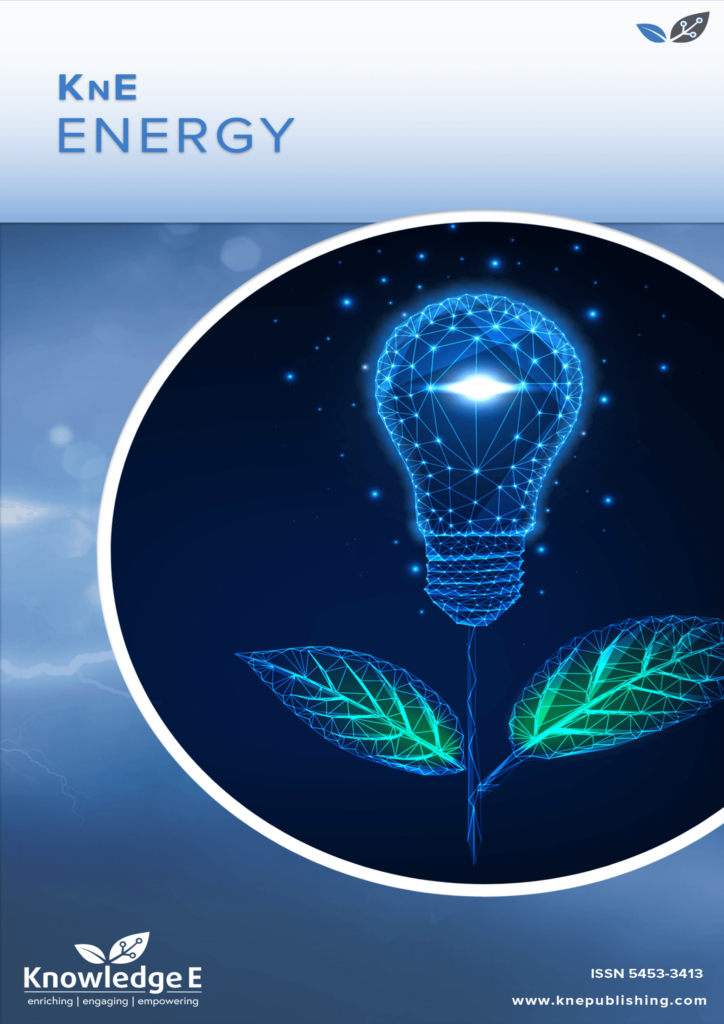
KnE Energy
ISSN: 2413-5453
The latest conference proceedings on energy science, applications and resources
The Effect Of Boric Acid On Corrosion Of Ss 304 As Pwr Pressurizer Material
Published date: Sep 20 2016
Journal Title: KnE Energy
Issue title: International Conference on Nuclear Energy Technologies and Sciences (2015)
Pages: 22-28
Authors:
Abstract:
The pressurizer is the component in the reactor coolant system which provides a means of controlling the system pressure. The pressurizer has a function to keep the operational pressure of reactor coolant system in set point condition. For controlling primary coolant system pressure, the pressurizer has pressurizer spray, heater, safety relief valve and instrumentation to control level and pressurizer. The purpose of this study is to see the effect of boric acid, lithium hydroxide and temperature on SS 304 as PWR pressurizer material.The method that used in this research is to observe the corrosion rates of pressurizer material in several boric acid and lithium hydroxide concentration at several temperature conditions using Potentiostat. Tests were conducted in 28, 60, 80,and 100 °C in 2000, 2500, 3000 ppm boric acid and addition 2.0 and 2.5 ppm lithium hydroxide. The pressurizer material corrodes in solution containing boric acid solution. The corrosion rates increased if boric acid solution concentration and temperature also increased. The results showed that that corrosion rate for the material were very small and the highest corrosion rate occurred in 3000 ppm boric acid concentration at 80 °C ,that is 4.5913 x 10-1 mpy.The corrosion rates increased until temperature 80 °C, but increasing the temperature from 80 °C to 100 °C decreased the corrosion rates from4.5913 x 10-1 to 4.5264 x 10-1mpy. Lithium hidroxide addition in boric acid containing media generally decreased SS 304 corrosion rate as P W R pressurizer material.K.
References:
[1] A. L. Stepanov, Rev. Adv. Mater. Sci. 30 (2012) 150-165.
[2] A. A. Youssefa, P. Budzynskib, J. Filiksc, A. P. Kobzevd, J. Sielankoc, Vacuum, Vol. 77, Issue 1 (2004) P. 37–45.
[3] N. Kumar, S. Kataria, S. Dash, S. K. Srivastava, C. R. Das, P. Chandramohan, A. K. Tyagi, K. G. M. Nair, Baldev Raj, Wear, Volumes 274–275, 27 January 2012, Pages 60–67.
[4] D. P. Hickey, Diss, University of Florida (2007).
[5] A. Yu. Didyk, R. Wiśniewski, K. Kitowski, V. Kulikauskas, T. Wilczynska, A. A. Shiryaev, Ya. V. Zubavichus, Depth concentrations of deuterium ions implanted into some pure metals and alloys.
[6] P. J. Evans, J. Hyvarinen, M. Samandi, Surface and Coating Technology 71 (1995) 151-158.
[7] K. Feng, X. Cai, Z. Li, P. K. Chu, Mat. Letters 68 (2012) 450-452.
[8] G. Jatisukamto, V. Malau, M. N. Ilman, P. T. Iswanto, J. Ilmiah Teknik Mesin
CakraM, Vol.5, No.1 (2011) 14-19.
[9] Effendi, N., Urania, 16(2), 2010.
[10] A. Sujatno, R. Salam, B. Bandriyana, A. Dimyati, Studi Scanning Electron Microscopy (SEM) untuk Karakterisasi Proses Oxidasi Paduan Zirkonium, Seminar Nasional X, SDM Teknologi Nuklir (2014).
[11] M. Vigen Karimi, S. K. Sinha, D. C. Kothari, A. K. Khanna, A. K. Tyagi, Surface and Coatings Techology 158-159 (2004) 609-614.